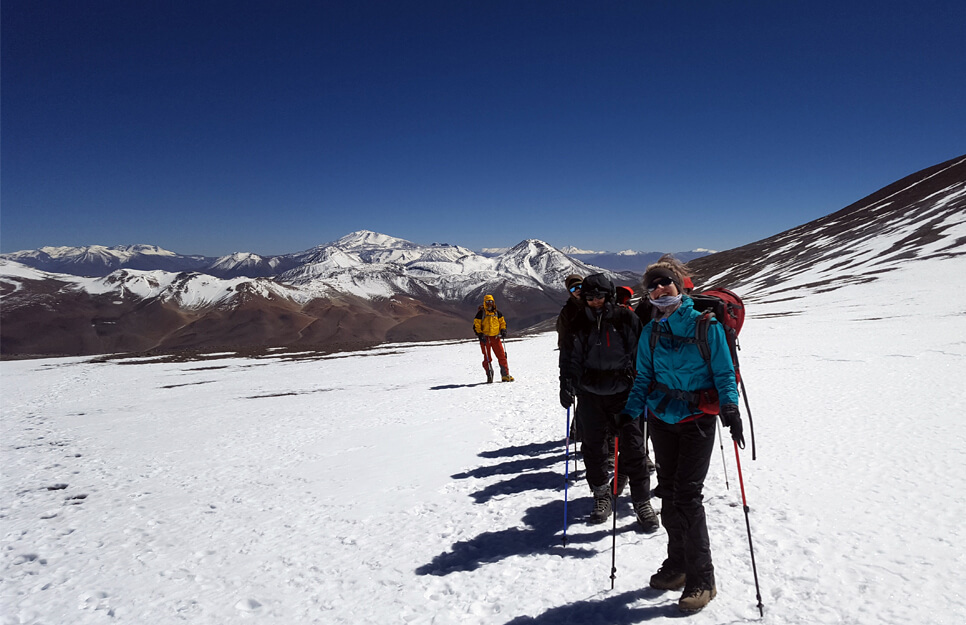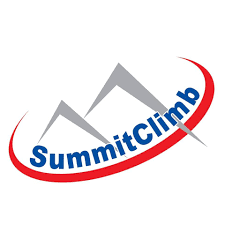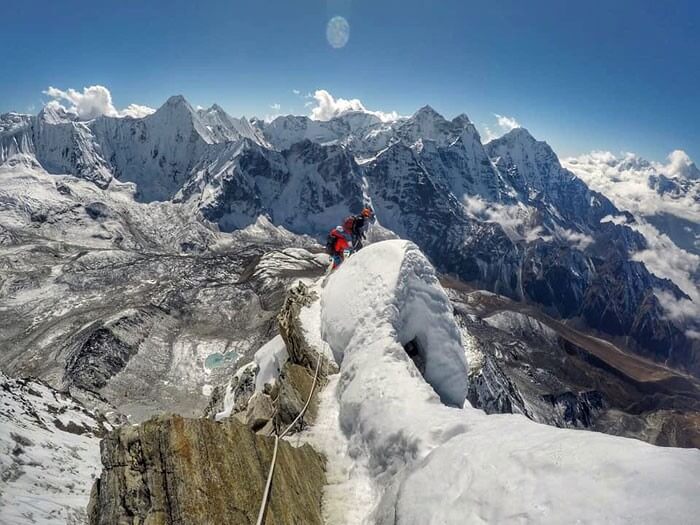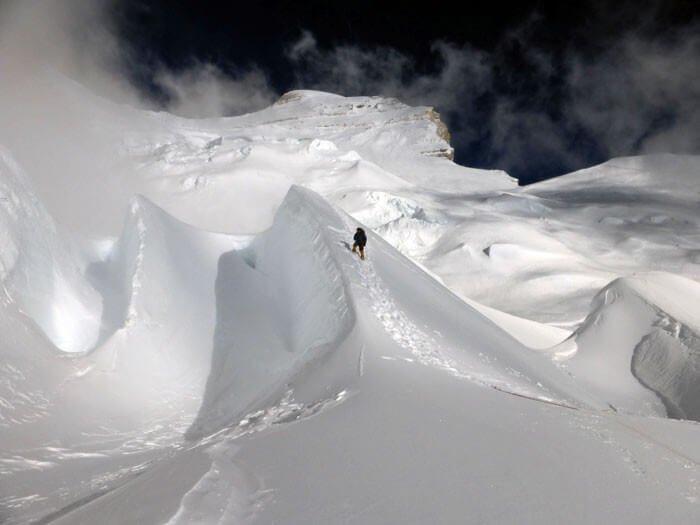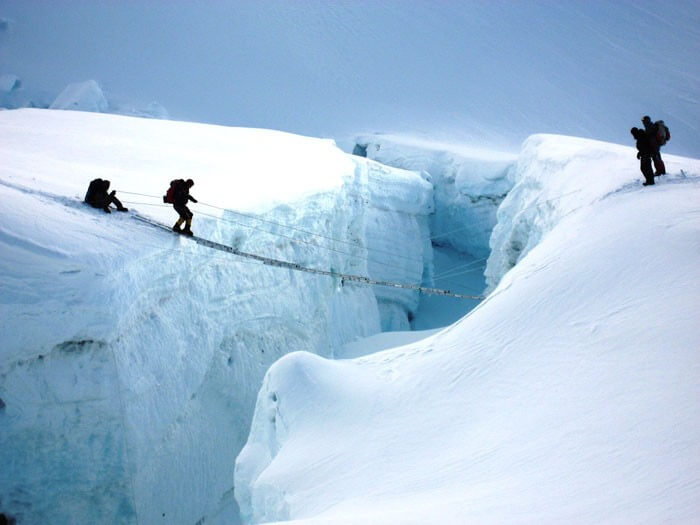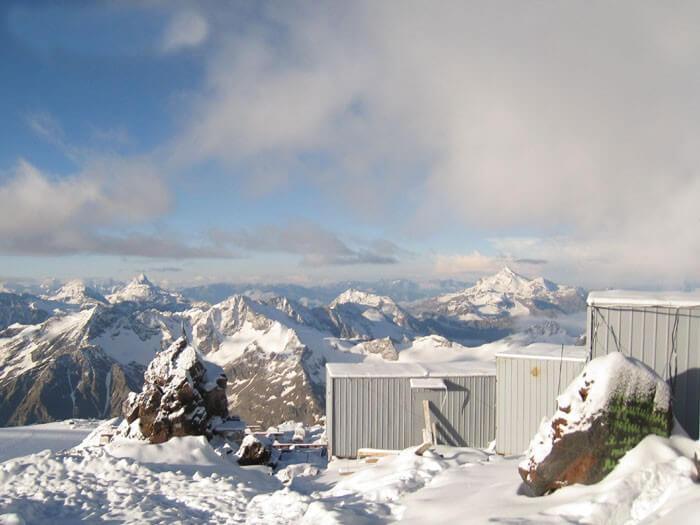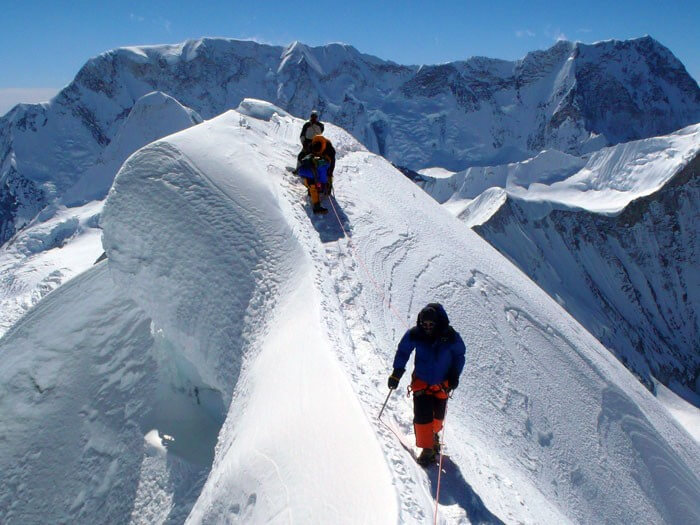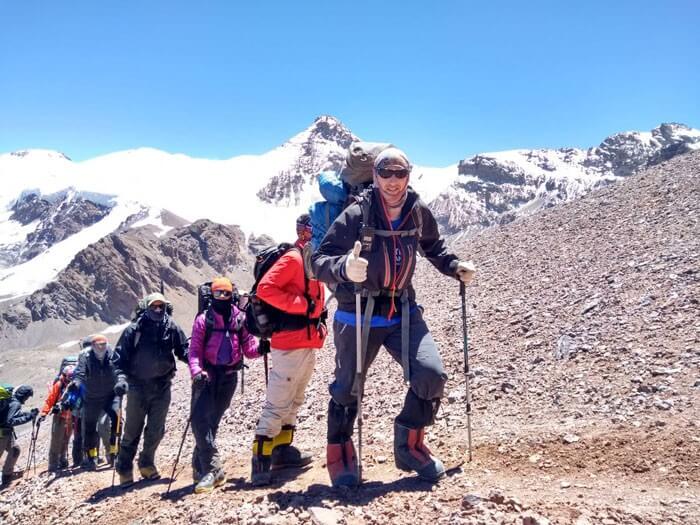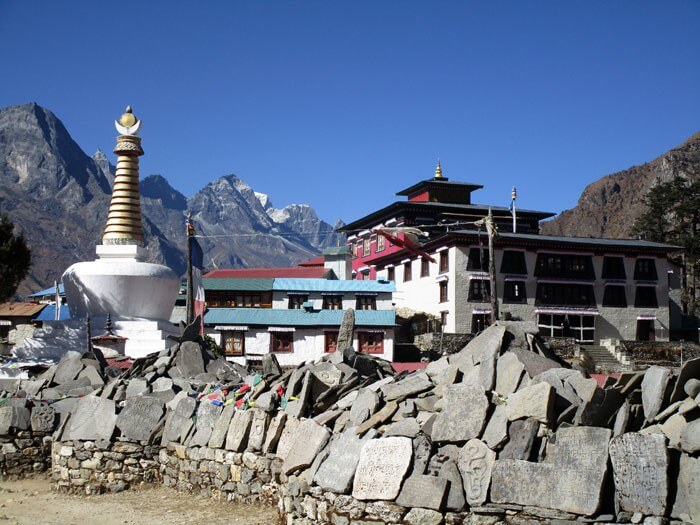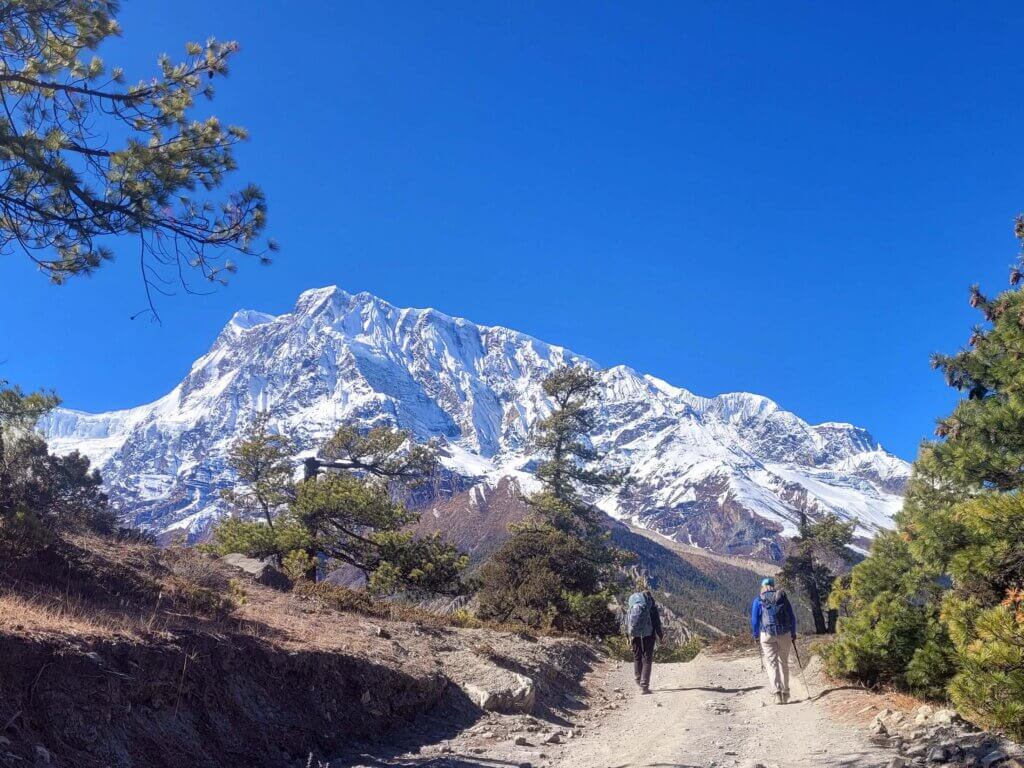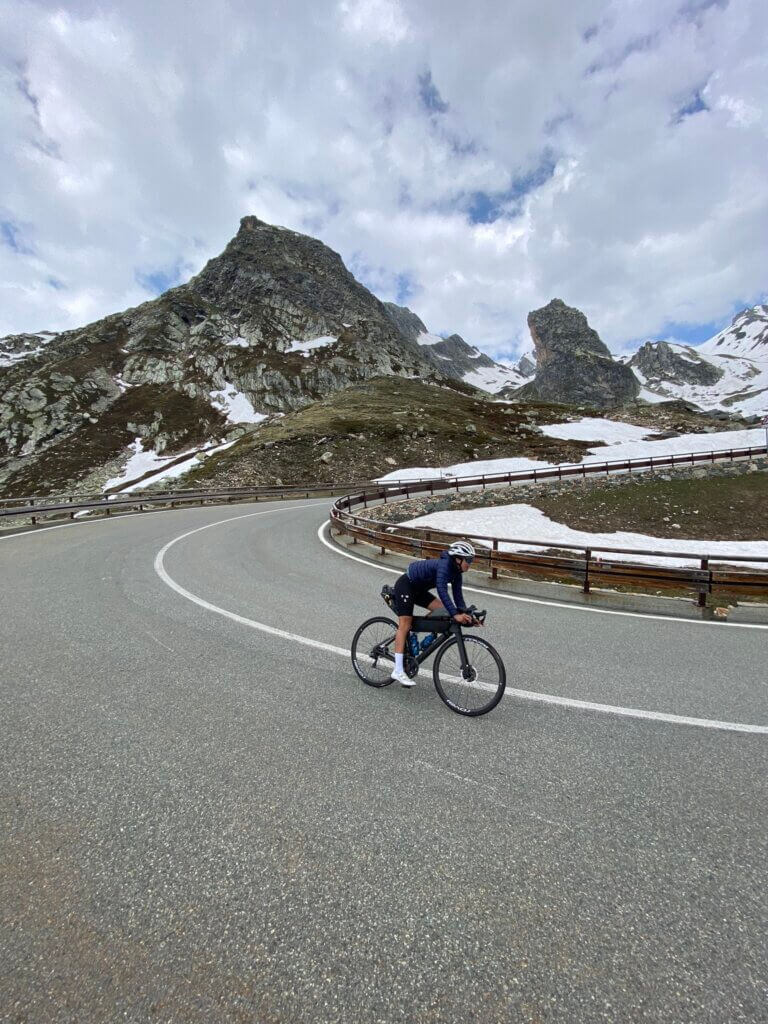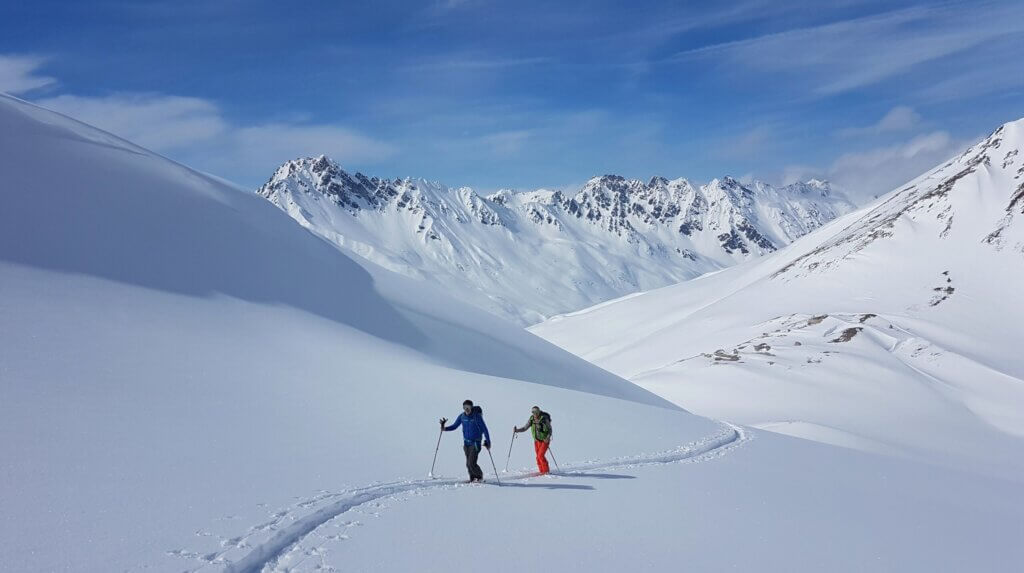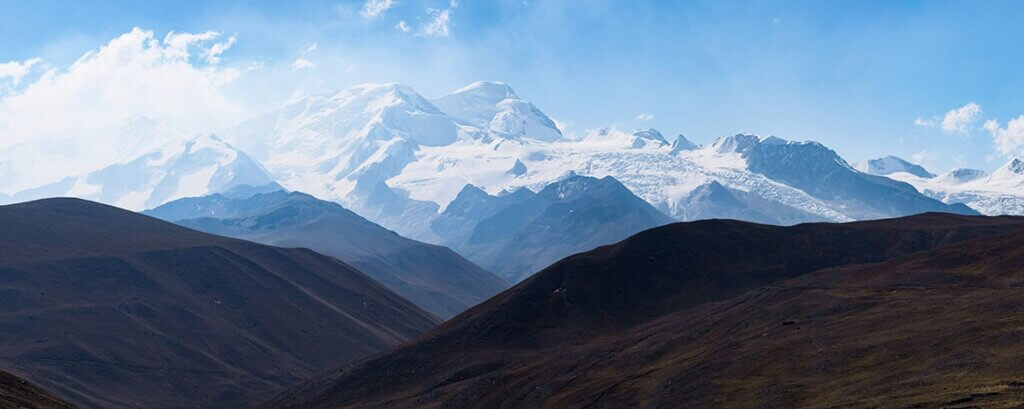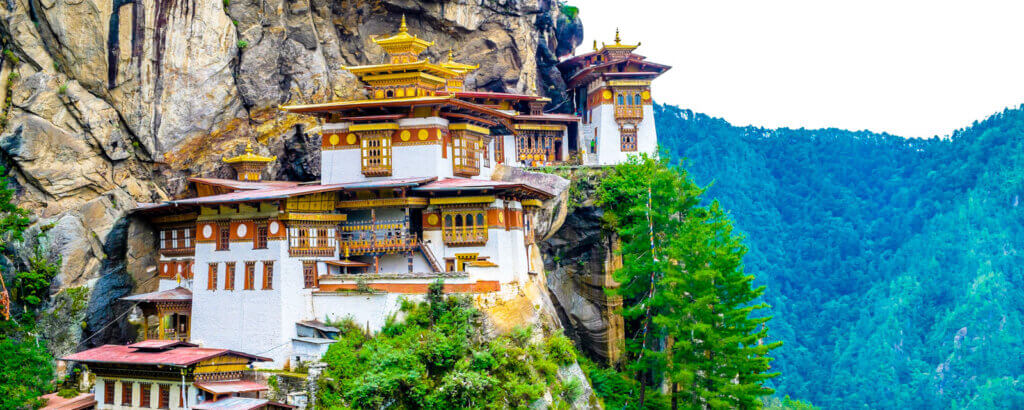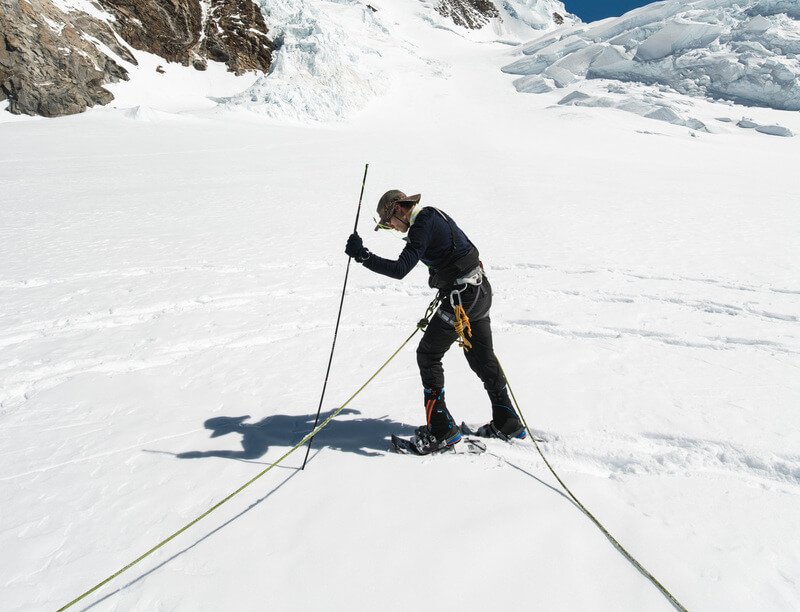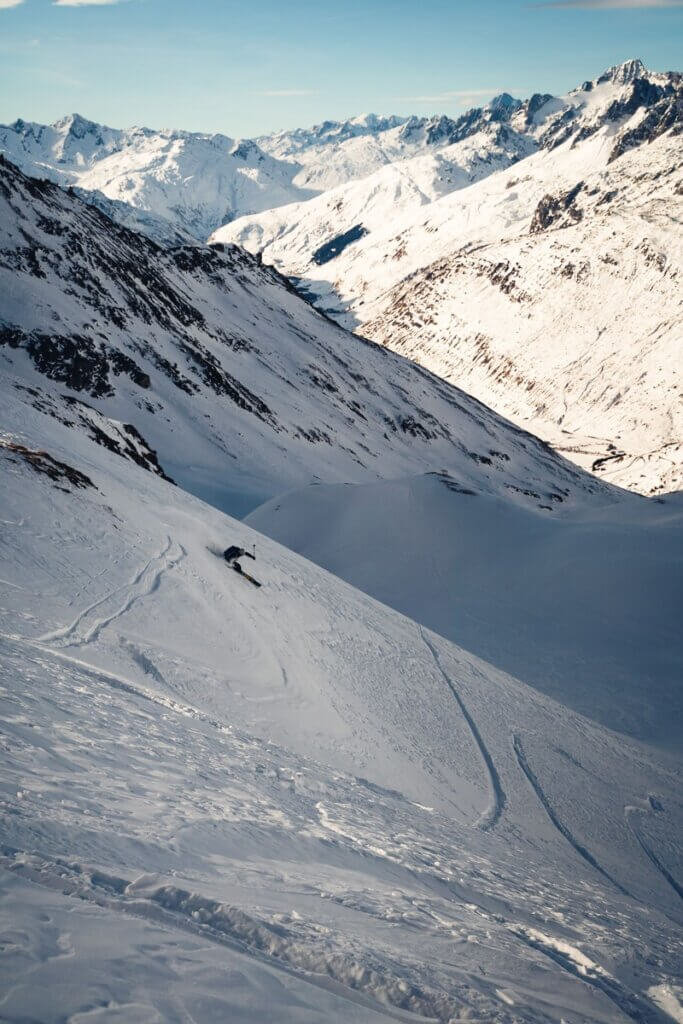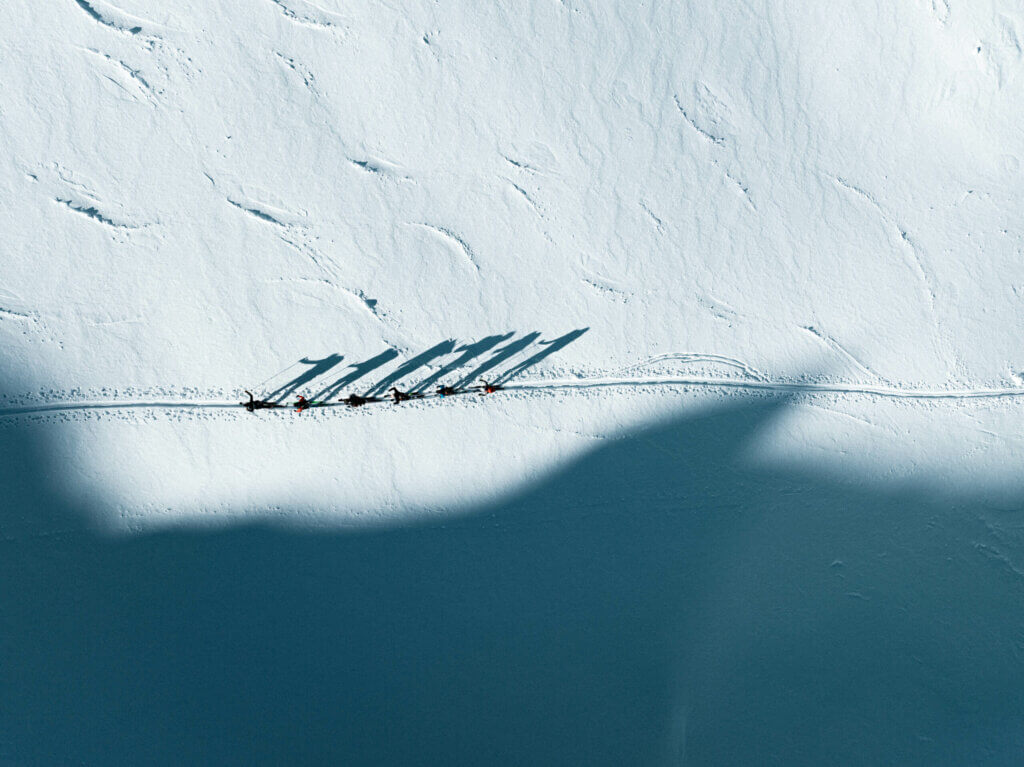General overview
Snapshot
Ojos del Salado is an active stratovolcano in the Andes on the Argentina–Chile border and the highest active volcano in the world at 6,893 m (22,615 ft).
It is also the second highest mountain in both the Western Hemisphere and the Southern Hemisphere behind Aconcagua at approximately 7,000 meters (23,000 ft) and it is the highest in Chile.
Ojos Del Salado is only 68 metres / 223 feet lower than Aconcagua, one of the seven summits, and is excellent preparation for Everest and other 8000 metre peaks.
Option to trek to basecamp only. Take your family or loved ones to basecamp with you for USD 2850. Get to know some of the most remote areas of South America in the middle of the Atacama desert, with comfort and safety. Your family can go with you without having to climb a mountain or have previous altitude experience.
Overview
Ojos del Salado is an active volcano in the Andes on the Argentina–Chile border and the highest active volcano in the world at 6,893 m (22,615 ft). Ojos del Salado could be translated as “Eyes of the Salty One”, which describes it as being very snowy in the winter and salty with many lakes.
It is also the second highest mountain in both the Western Hemisphere and the Southern Hemisphere, only 68 metres / 223 feet lower than Aconcagua, one of the seven summits. At approximately 7,000 meters (23,000 ft), this climb is an excellent test of how you will perform at a very high altitude and very good preparation for climbing 8000 metre (26,000 ft) peaks such as Everest. The climb includes excellent leadership by SummitClimb’s leader Max, who has led more than 40 SummitClimb expeditions to Ojos, Aconcagua, Everest, Lhotse, Manaslu, Gasherbrum, Cho Oyu, Ama Dablam, Lobuche, and Island Peak. During our climb of Ojos del Salado the team will practice and refresh skills with rope technique and will acclimatize carefully by climbing several sub peaks, with rest days in between, before ascending Ojos itself. The trip also includes delicious food, nice hotels, very good basecamp with a cook, and all high altitude support staff, high camps, tents, meals, etcetera. Climbing Ojos is excellent preparation for Everest and other 8000 metre peaks.
Summit Description: In our expedition we climb the highest summit, which is the Chilean summit. The Argentine summit is 190 metres away from the highest in Chile. To get to the top of the Chilean Summit we indeed require everyone to wear a helmet, specially in the last section. For the last 8 years in a row we have summited Ojos and every single time we fixed ropes in the 3 potentially dangerous parts:
1 – Traverse at 6500 metres / 21,325 feet
The traverse at 6500 is a simple snow or hard snow traverse (rarely ice), and we do ask our clients to take an ice axe. It’s a 100 to 150 metre traverse with little altitude gain. Although depending on conditions it might not even require an ice axe as our members may clip our fixed line and walk safely. So this section requires: Crampons, Helmet, Harness ( +1 safety carabiner and sling) and Ice Axe.
2 – Climb to col at 6850 metres / 22,474 feet
This is a straight forward climb. It’s about 7 metres on pure rock with occasional snow patches. Because we start it on snow and it takes too long to take off crampons and put them back, our clients climb this section wearing crampons. It’s a French class 3 rock, very easy climb and we fixed a rope line every time. No need to take ascenders as we normally have 2 or 3 guides belaying everyone in this section. This section requires harness + sling + carabiner and helmet. No ice axe needed here. If we have time, everyone can leave crampons at the bottom of this climb.
3 – Summit section at 6898 metres / 22,631 feet
This is the easier of the 3. It’s only 20 to 30 metres and has little altitude gain. We fix a line in this area because although it is only a rock scramble, it’s exposed and wind can take someone’s balance here. When finished, you are on the top. Only harness and helmer required here.
Itinerary
Day 1 – Arrival to Copiapo – 800m – We’ll pick you up at the airport, 50km away from Copiapo. In the same day, we will check your personal equipment, making all final adjustments and shopping if necessary. Today we’ll have our first dinner together and meet the rest of the team. Included: transport and hotel
Day 2 – Copiapo – Laguna Santa Rosa Hut – 3700m – After a 210km drive, we’ll sleep in a small mountain hut at the edge of a beautiful salty lagoon called Santa Rosa. Included: Breakfast, transport, lunch, and dinner
Day 3 – Acclimatization on SieteHermanos – 4780m – We’ll climb SieteHermanos up to its summit or go as high as we can depending on the team’s condition. This is a fairly ‘low’ 4780m peak near Laguna Santa Rosa. Included: Breakfast, lunch, and dinner
Day 4 – Laguna Santa Rosa Hut – Laguna Verde Hut – 4300m – After a nice and generous breakfast, we’ll drive 120km to Laguna Verde. We’ll cook and gather in a small mountain hut and sleep in tents. The good news is that inside the hut there is a rather large pool of warm water which comes from nearby hot springs. Included: Breakfast, lunch, dinner (and bath!)
Day 5 – Climb to MulasMuertas – 5200m – Another day of acclimatisation. Today is our turn climb MulasMuertas located just a few kilometers away from our hut. Again, we’ll take it very easy and go as high as we can without compromising our bodies. Included: Breakfast, lunch, dinner (and bath again!)
Day 6 – Rest day – 4300m Today we’ll rest on Laguna Verde.
Day 7 – Climbing Nevado San Francisco – 6023m After a very early breakfast, we’ll put our plastic boots and packs on and then drive to 5000 metres to start the climb to Nevado San Francisco via the north ridge. The drive takes about 30 minutes and the climb might take us 5 to 7 hours. Would be great if you can try you best to get to the top as this will really push your confidence and acclimatisation. After summiting, our 4WD vehicles will be waiting for us at the bottom, then take us back to the hut. Included: Breakfast, packed lunch, transport, and dinner
Day 8 – Rest day – 4400m – Today will rest at Laguna Verde and recover from yesterday’s climb. Included: Breakfast, lunch, and dinner
Day 9 – Drive to Atacama Hut – 5200m – A 2-hour drive to a higher hut named Atacama. Only this time its a 5200 metre high hut and the roads can be quite bad. Today you get to relax (or try to) and enjoy the lunar landscape to Atacama Hut while our skillful drivers do what they do best. Included: Breakfast, lunch, dinner and offroad insane transport
Day 10 – Atacama Hut – Tejos Hut – 5800m – This is when we finally put large backpacks on and stop driving! After an early lunch, we’ll walk for 3 to 5 hours to a 5800 metre metal hut named Tejos. Included: Breakfast and lunch
Day 11 – First summit attempt – 6898m – After a 3am start, we expect a 7 to 9-hour push to the summit. The climb starts with straightforward switchbacks then changes to a huge traverse at 6500m. We then reach the main crater and work our way to the summit over a final steep gully and a technical 10-metre rock section to the main summit. Included: chance of summiting the largest volcano on Earth!
Day 12 – Second summit attempt – In case weather was bad yesterday
Day 13 – Drive back to Copiapo – Included: transport and hotel
Day 14 – Flight out – ** The above itinerary is subject to change due weather conditions, performance of the group, political/administrative problems and any other events not described.
Good to know
Leadership
Expedition organiser: Max is a fluent English, Spanish, and Portuguese speaker, who has led more than 40 SummitClimb expeditions to Ojos, Aconcagua, Everest, Lhotse, Manaslu, Gasherbrum, Cho Oyu, Ama Dablam, Lobuche, and Island Peak.. He is a relaxed, considerate and thoughtful person; an expert leader and a highly-skilled professional.
Experience
For the Normal Route it is not necessary for you to have previous climbing experience. We will teach you all of the mountain skills you need to know during the trip. You should be a fit and active walker in good health able to carry (to the high camp, but not the summit) a rucksack containing your sleeping bag, clothing, food and water.
